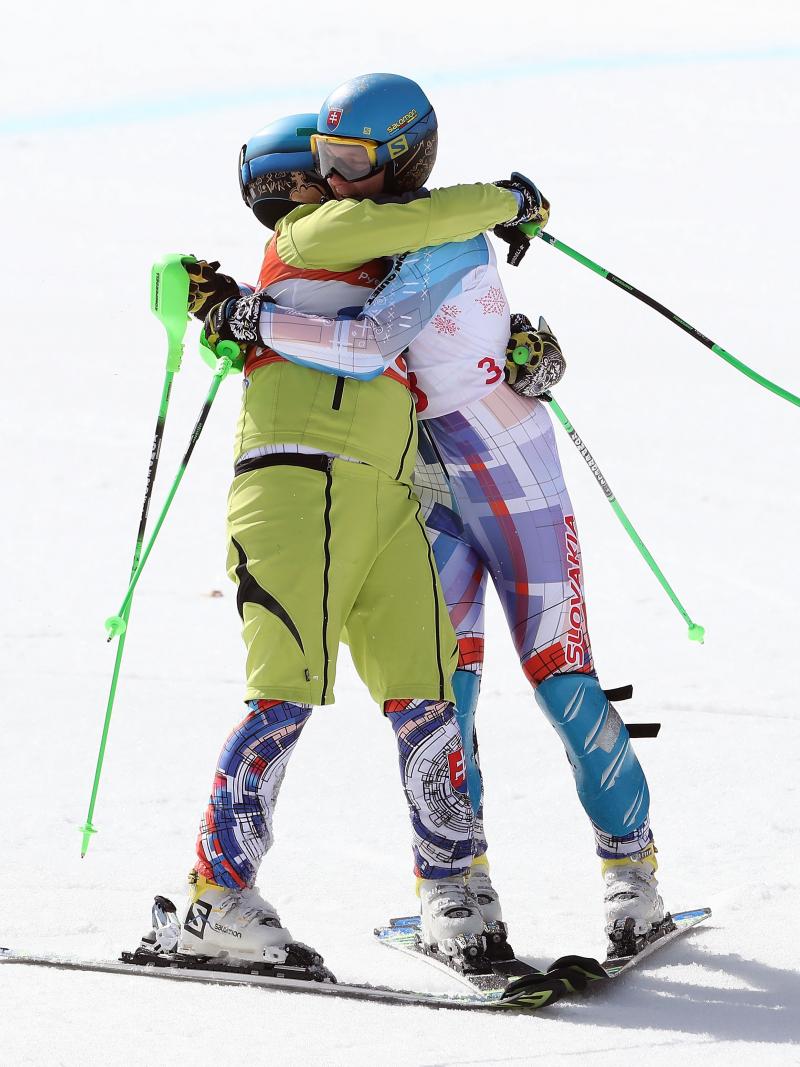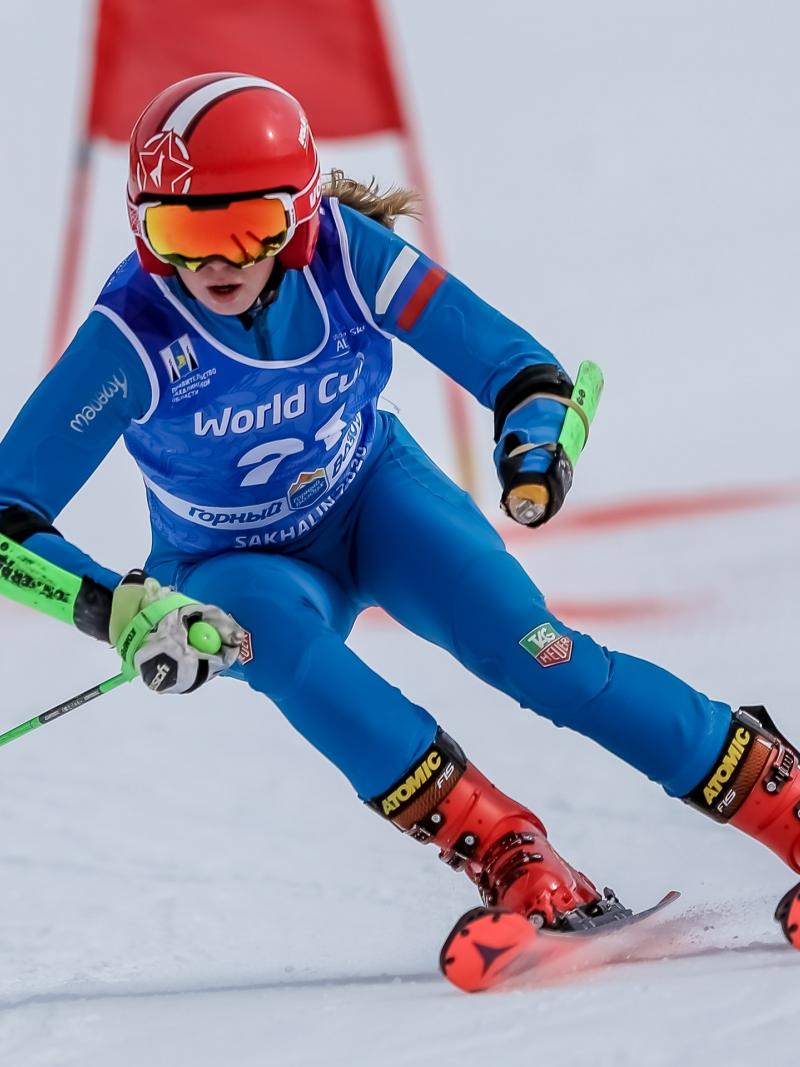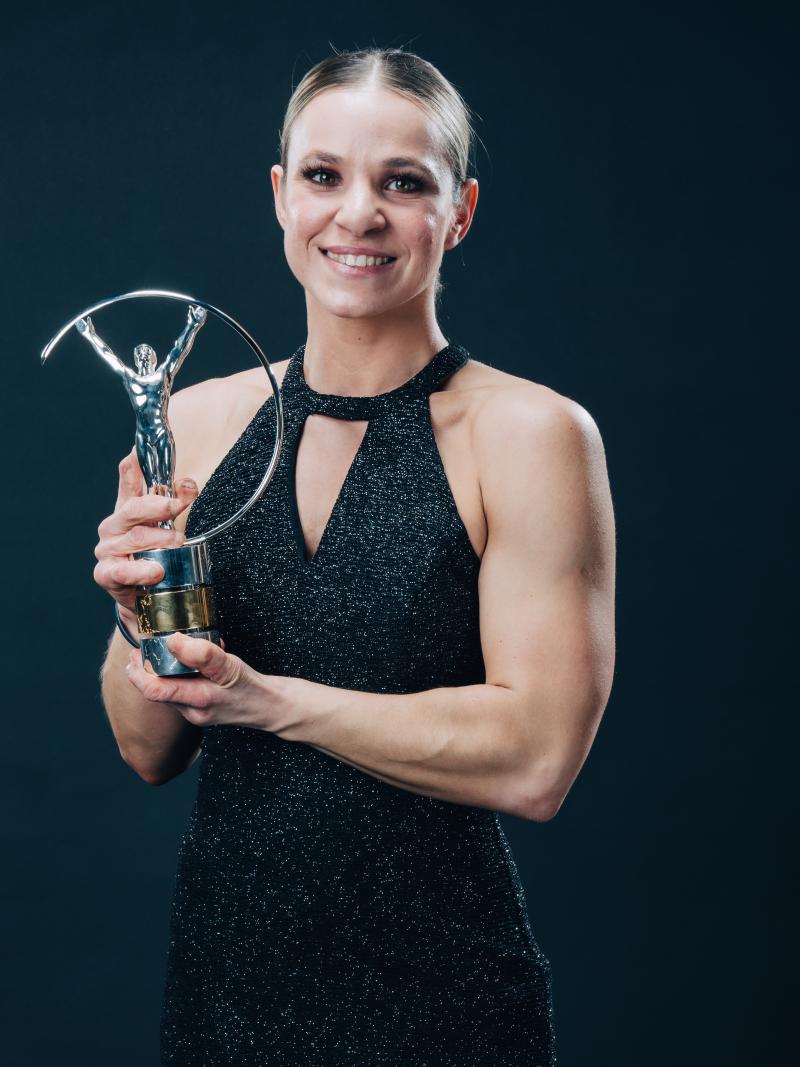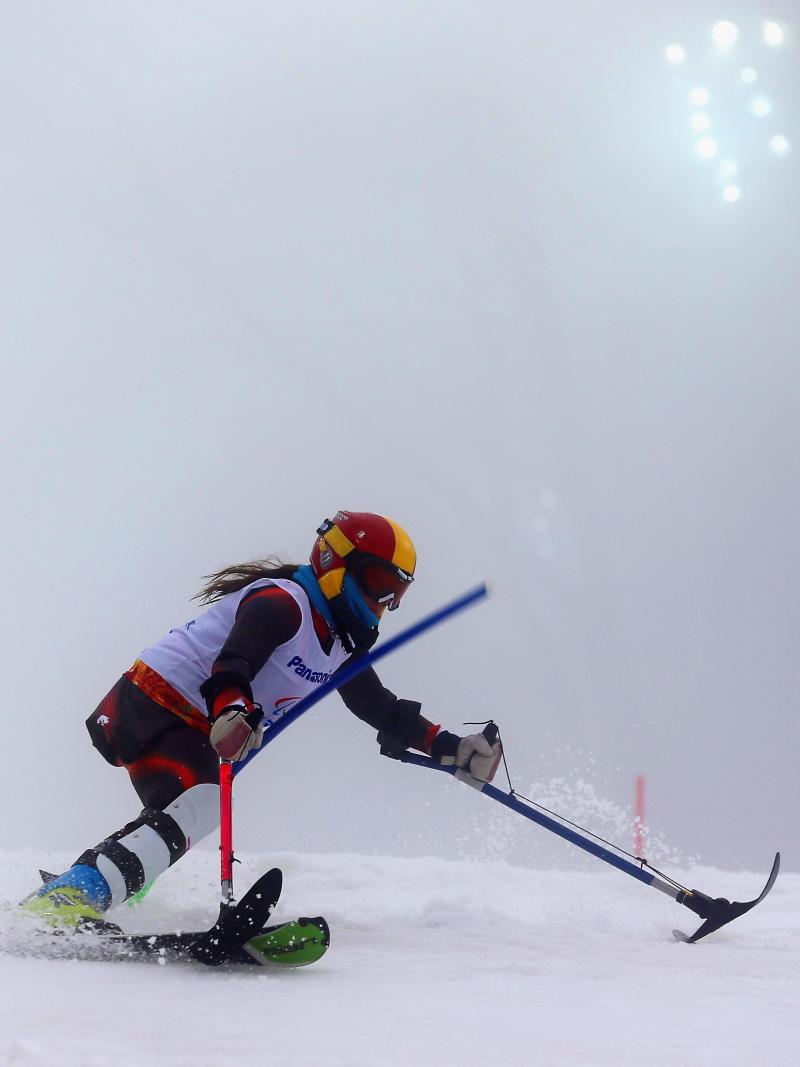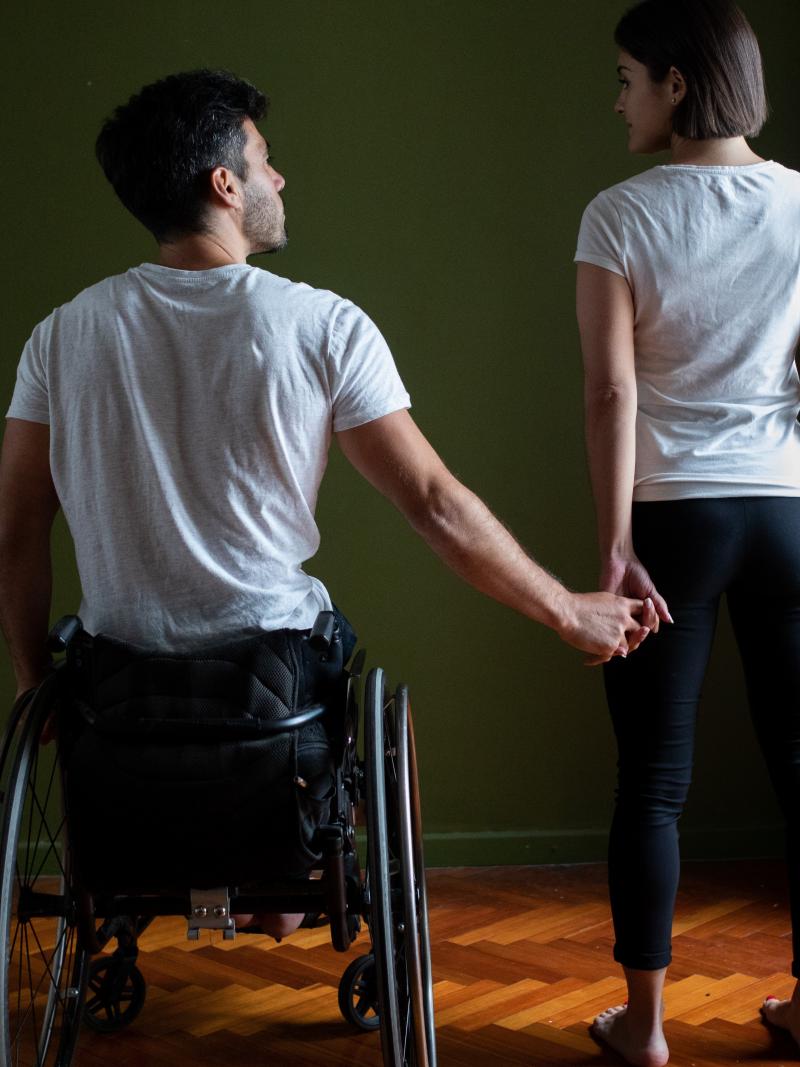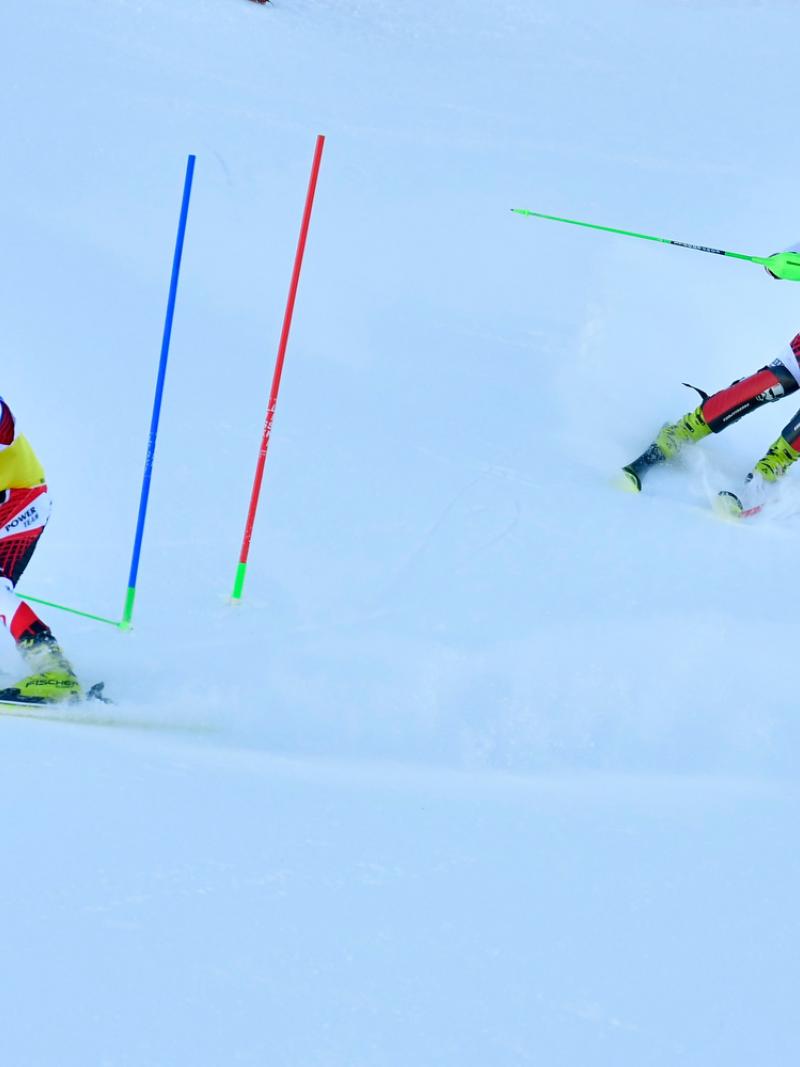Norway’s Synne Stangeland breaking the glass ceiling for female coaches
Young coach earns respect of her athletes and guides them to the World Championships on home snow in Lillehammer 07 Jan 2021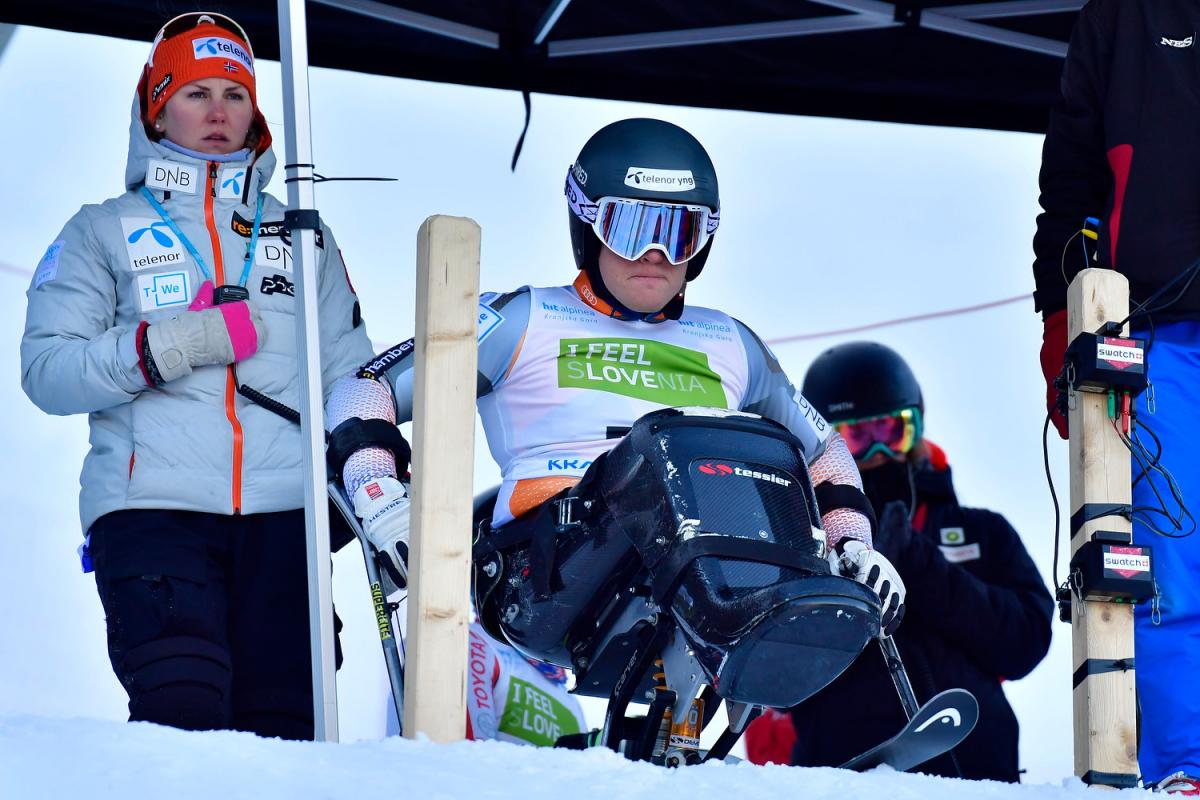
Synne Sofie Stangeland skis down a steep mountain slope holding a 25kg bucket of salt in each hand.
This task is challenging enough for anyone, but Strangeland - one of the few female coaches on the World Para Alpine Skiing circuit - makes it a point not to ask for help. Rather, she picks up two 25kg buckets instead of one.
“I try to stay in good shape, so I am prepared for all that work and I’m stubborn, so I don’t like to ask for help. I like to do it myself,” the 29-year-old said. “Maybe because I’m a woman, I also want to show that I can do the heavy lifting. I try to stay in shape, so I’m prepared to do the hard work.”
It’s a man’s world
Stangeland was a competitive alpine skier and took part in FIS races from 2006 to 2010. Following her retirement, she started coaching and studying physical therapy.
After three years as a coach with the national youth squad, she got a phone call from the Norwegian Ski Federation asking her to join the Para alpine team ahead of the 2018-19 season.
“It was a new experience and I learned a lot very quickly,” Stangeland said. “You have to be good at improvising and being creative in all exercises we do. The Para athletes sometimes cannot do an exercise the same way as the able-bodied athletes so you have to be creative and individualise every exercise.”
As part of the national team, Stangeland works alongside head coach Hans Blattmann and oversees the training of Paralympic champion Jesper Pedersen and the quickly progressing standing skier, Marcus Nilsson Grasto.
The team’s top female skier, Hanne Vadseth, was out with an injury last season and is working to get back to major competitions.
Stangeland is not only the sole female on the Norwegian team, but often the only female coach on the Para alpine circuit as well.
“I enjoy being with the guys. They’re easy going so we have a good vibe in our team, but for sure I would love to have some women also,” Stangeland said. “It would be nice to have more female coaches too. When we’re at the World Cups and the other coaches go out for a beer, it’s a guy’s club. It would be nice if there were a few females as well so we could be social.”
Other women on the circuit include race director Anja Skutelj and Japan’s head coach Saori Ishii. Ishii led her team to two Crystal Globes in the 2018-19 season and seven World Championships medals, including two gold.
“It’s really cool that she is the head coach of the team,” Stangeland said. “All the male coaches that she is working with respect her and her decisions. It’s inspiring.”
Stangeland has earned a similar level of respect from her athletes too.
“Synne is very creative, so she adapts the different exercises to our disabilities and helps us see our possibilities instead of the limitations,” said Marcus Nilsson Grasto, who started working with Stangeland ahead of his World Cup debut in January 2019. “She is also good at making us identify our own weaknesses and find solutions on how to improve these areas.”
His teammate, Jesper Pedersen, agreed: “There is no reason for there not to be more female coaches on the circuit...From the start, she has always had high expectations for her athletes. We know that we have to give 100 percent every training for her to stay happy and that makes us even more focused on the small details.”
Anything you can do
Stangeland estimates she is on the road 150 days a year as part of her work.
The job is often physically demanding. Coaches have to carry 15kg gate bundles when setting up or dismantling the courses. When training on glaciers in the summer, Stangeland has to salt the piste so she carries buckets weighing as much as 25kg while skiing down the steepest slopes.
“I always try to carry two. I know when I am able to carry two, then I’m in good shape.” she said with a laugh.
Stangeland has given a lot of thought to why more women do not go into alpine coaching. The gender discrepancy is not only visible on the world stage, but in Norway too - at the highest level, in skiing gymnasiums or national teams, there are only one or two female coaches.
“I’ve discussed it with female coaches from other sports here in Norway and I think it’s maybe because of all the old gender roles,” Stangeland said. “You have to sacrifice a lot of the time with your family and it’s important for females to be at home with the children, not only because they have to, but also by choice.
“And, of course, you have to like being with the guys and you have to be tough enough to raise your voice in the team captains’ meeting, for example. A lot of young male coaches will not have a problem with a female coach, but maybe some of the older guys are more enjoying that there are only guys there.”
Stangeland’s own tenacity as a female trailblazer has made her athletes some of the top medal contenders at the upcoming World Para Snow Sports Championships, which will take place in Lillehammer, Norway in January next year.
And she is eager to help her athletes perform their best on home turf.
“We have done very good training this summer and this fall, so I think we’re very well prepared,” Stangeland said. “It means a lot for us as coaches and for Jesper and Marcus, especially, to be racing at home.”





